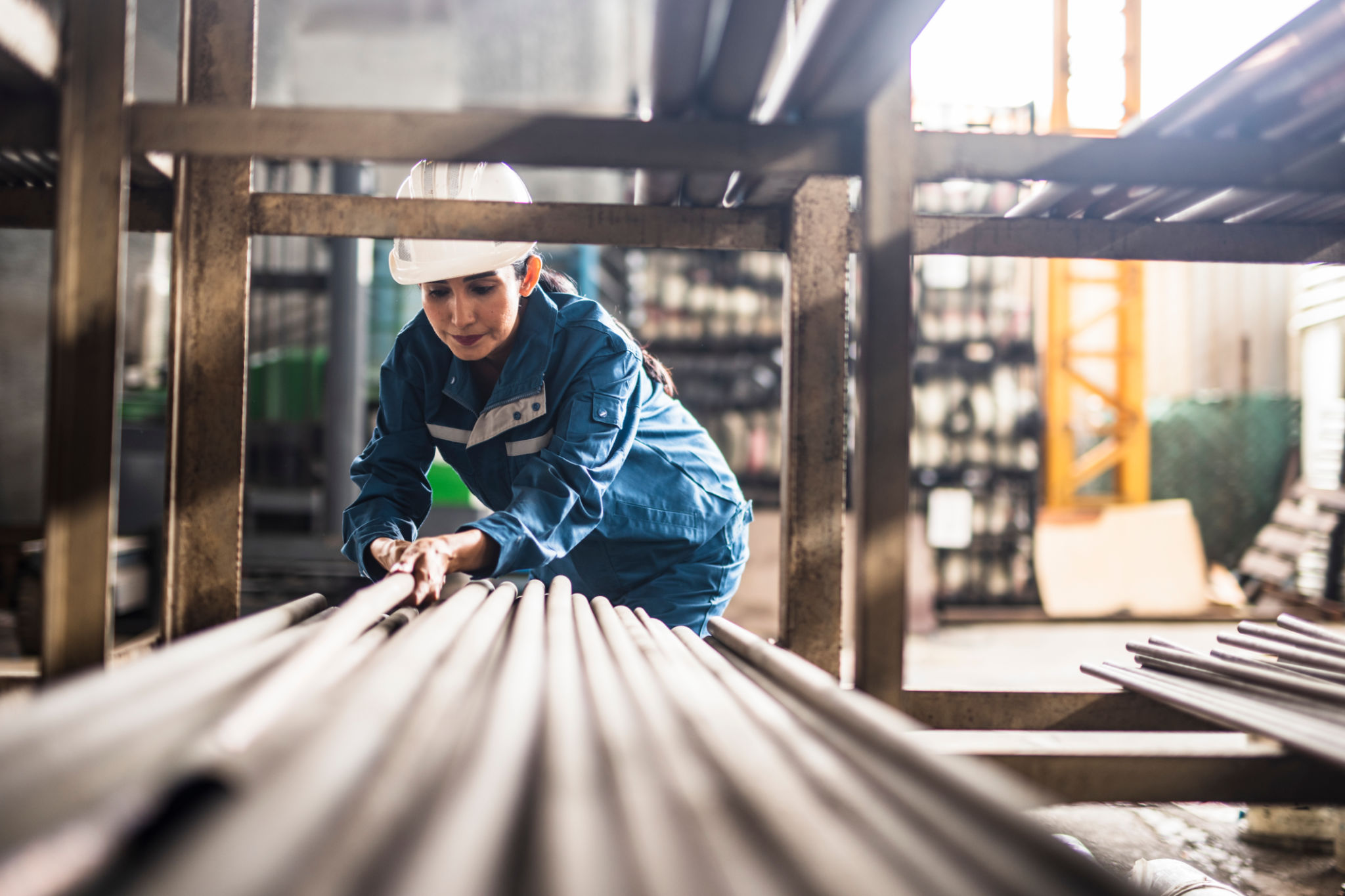Mastering Metal: A Comprehensive Guide to Metal Cutting and Bending Services
Metal cutting and bending are essential processes in the manufacturing and construction industries, offering versatility and precision to create various metal components and structures. Whether you're working on a large-scale commercial project or a small custom design, understanding these processes can significantly enhance your production efficiency and product quality.

The Basics of Metal Cutting
Metal cutting is the process of removing unwanted material from a larger piece to shape it into the desired form. This is achieved through various methods, such as shearing, sawing, or using laser technology. The choice of method depends on the type of metal, the thickness, and the precision required for the final product.
Laser cutting is particularly popular due to its precision and ability to handle complex designs. It offers clean cuts with minimal waste, making it an excellent choice for intricate components. On the other hand, plasma cutting is often used for thicker materials where speed is more important than precision.
Choosing the Right Cutting Method
Selecting the appropriate cutting method can significantly impact the efficiency and cost-effectiveness of your project. Consider the following factors:
- Material type: Different metals may require different cutting techniques.
- Thickness: Thicker materials might necessitate methods like plasma cutting or water jet cutting.
- Precision: For high precision, laser cutting is often preferred.
- Budget: Cost considerations might influence your choice of equipment and technique.

The Art of Metal Bending
Metal bending involves deforming metal sheets or panels into specific shapes without removing any material. This process is crucial for creating curved or angled components that are integral to various structures and devices. Bending can be accomplished through manual or automated methods, depending on project scale and complexity.
Press braking is one of the most common methods of metal bending, using a press brake machine to create precise bends. This method is widely used in producing components for automotive, aerospace, and construction industries.
Factors Influencing Bending Techniques
When selecting a bending technique, consider these critical aspects:
- Material properties: The type of metal and its ductility will affect how it can be bent.
- Bend radius: The required tightness of the bend will determine the method used.
- Equipment availability: Access to specific machinery may limit or expand your bending options.
- Project requirements: Some projects may demand custom or multiple bends, influencing technique choice.

Integrating Cutting and Bending Services
Combining cutting and bending services allows for streamlined production processes, reducing lead times and costs. Many manufacturers offer integrated services that cover both aspects, ensuring consistency and quality in the final product. This integration is particularly beneficial for industries requiring high-volume production with tight tolerances.
The synergy between cutting and bending services not only enhances productivity but also enables customization. Clients can work closely with service providers to tailor products to their specifications, leading to greater satisfaction and competitive advantage in the market.
Understanding and mastering metal cutting and bending services is vital for anyone involved in manufacturing or construction. By choosing the right methods and integrating services effectively, businesses can achieve high-quality products efficiently, meeting the demands of modern industries.